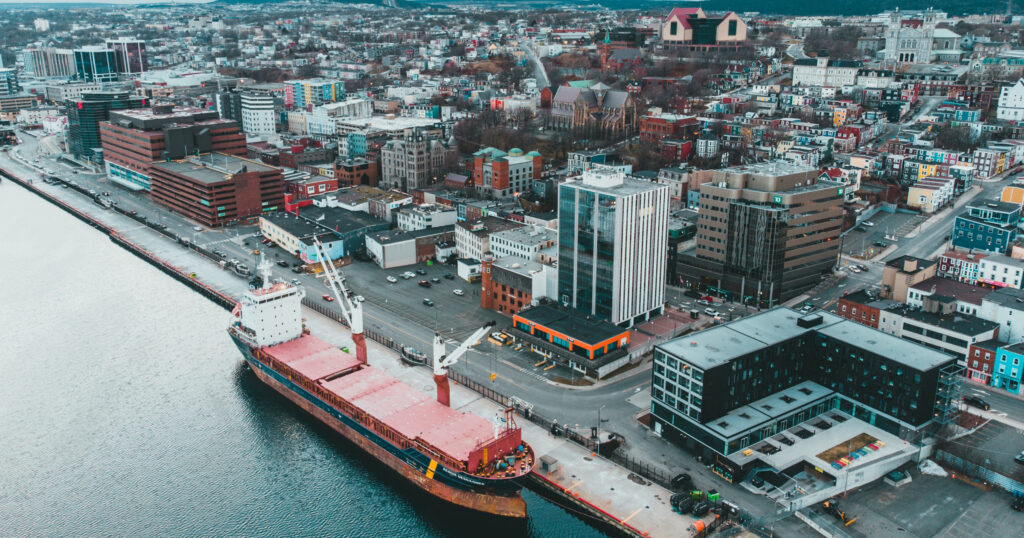Noted New York Times columnist Thomas Friedman wrote about globalization extensively in his book The World is Flat. Video conferencing, air travel, the ability to understand different cultures, and the mix of non-American shows and films into the entertainment scene has made it seem that it would be the trend far into the future. We would be less parochial and travel often halfway around the globe for meetings or assignments, then back in our homes for the holidays. The World Economic Forum (WEF) and other organizations and movements have built their plans and visions around it. It was unstoppable. Nothing could change it.
Then COVID 2020 came. Soon we realized that “just in time” supply chains that didn’t need inventory because travel was so fast wouldn’t work if your source in China couldn’t ship to you. Our local businesses, whose strategic planning never conceived that their foreign components and sources would be compromised, ended up having to scramble to find alternative sources. Thus new cars and other manufactured items couldn’t be made fast enough without the right chips made from abroad, resulting in a shortage that caused prices to rise.
During the last few years, many people have taken a second look at their own local communities for food, clothing, and other needs. Suddenly instead of relying on Asian or Chinese suppliers, companies were forced to look for American ones, even though there were higher costs involved. Although as it turns out, the highest cost is when you can’t ship out your products because you can’t get the components you need.
The case of Taiwan Semiconductor Manufacturing Corporation (TSMC) and its new Arizona wafer fab facility is an example of a new trend of keeping key chip suppliers close to the markets that these are needed for. In the case of TSMC, they are the manufacturers of chips for Apple’s iPhones, iPads and Macbooks. The current scenario of allowing them to keep manufacturing in Taiwan worked from the 70s up to 2020. However, COVID and the threat of a China – Taiwan showdown will seriously halt the production of many high tech products that we need in our daily lives.
As more of these massive facilities are built in places like the suburbs of Phoenix, as well as Intel’s new wafer fab facilities in Ohio, aside from the huge industrial real estate these wafer fabs occupy, these new projects will also ensure demand for new commercial and residential real estate in these areas. New malls, bars and restaurants, places of worship, condos and houses, will definitely be needed.
Now that China is reopening for business, it remains to be seen if a reversal in the deglobalization that has taken root these past three years will happen. While some companies might go back to using their less expensive Asian and Chinese suppliers, some will prefer the security of knowing that their key components are being made in America, and not threatened by possible war or another pandemic.
Skilled tech workers recently laid off from other states will most certainly flock to new tech jobs in these new areas of growth. After three years of bad conditions, hopefully these new developments will lay the foundations for better economic times ahead

